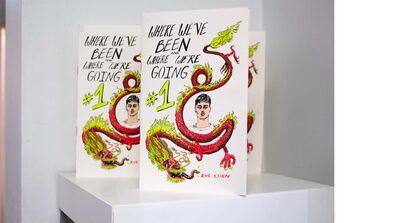
On View
The senses are integral to making and experiencing artwork as shown in the work of SAIC alums like MacArthur Fellow Wu Tsang (BFA 2004), Robert Andrew Parker (BA 1952), and Alex Stark (BFA 2016). In her 2017 Sustained Glass exhibition at Antenna Space in China, Tsang explored touch in a video featuring choreography based on the communication between two moving bodies in physical contact. The exhibition also featured a performance and a series of stained-glass and light-box works.
As Parker slowly loses his sense of sight, he continues to create paintings of real and imagined places and objects. Meanwhile Stark uses his unique double vision and color perception to create paintings that share his vision with viewers.
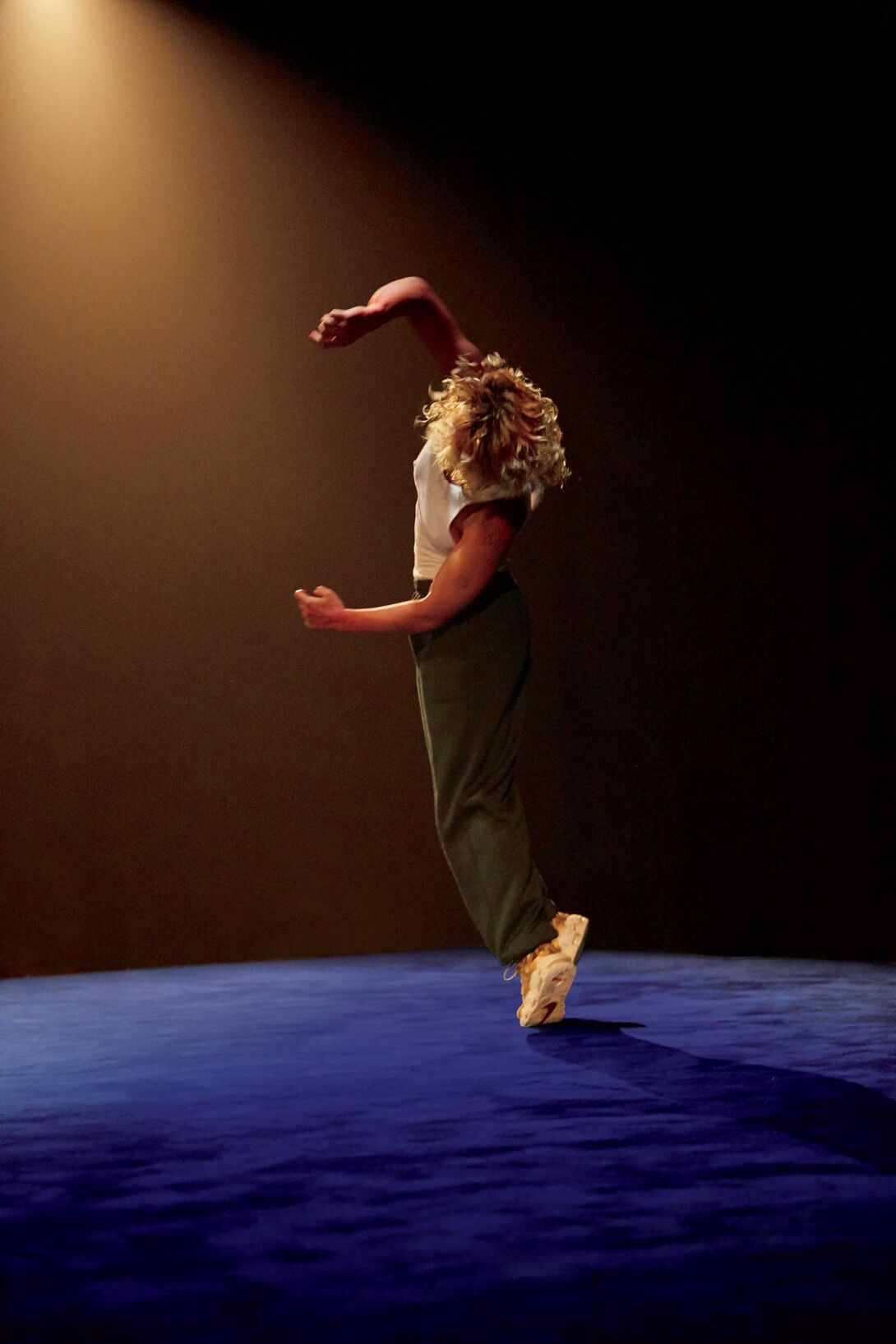
Wu Tsang: Sustained Glass
Wu Tsang’s first solo exhibition on mainland China, Sustained Glass, was a spatial installation. A filmmaker and visual artist, Tsang traverses a rich array of sites and weaves poetic sensibilities into her socially engaged practice. What sustains her fluid movements between documentary, fiction, and activism are her genuine concerns for disparate modes of sociality and the hope that marginalized people gain survival in their collective loss through new forms of communion and resistance.
We hold where study, a two-channel video developed in collaboration with the poet Fred Moten, stands in dialogue with a series of stained-glass and light-box works. Spooky Distancing II is a performance by Tsang and collaborator boychild, which holds the artist’s rumination on animacy and movement.
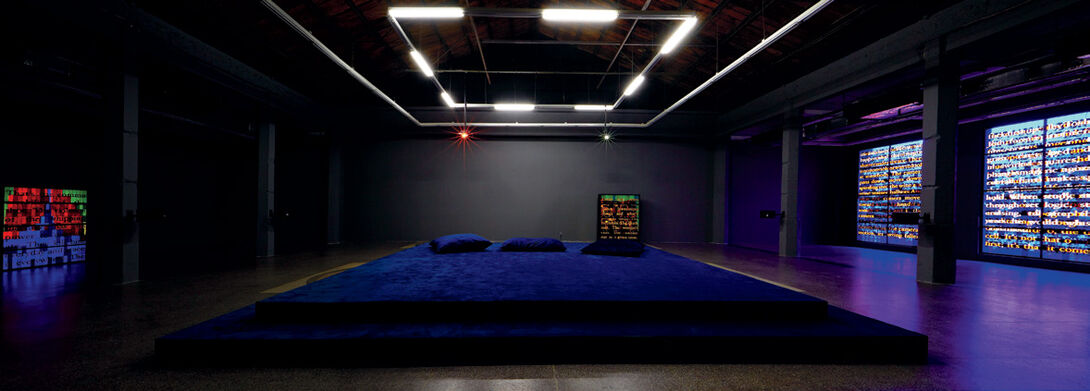
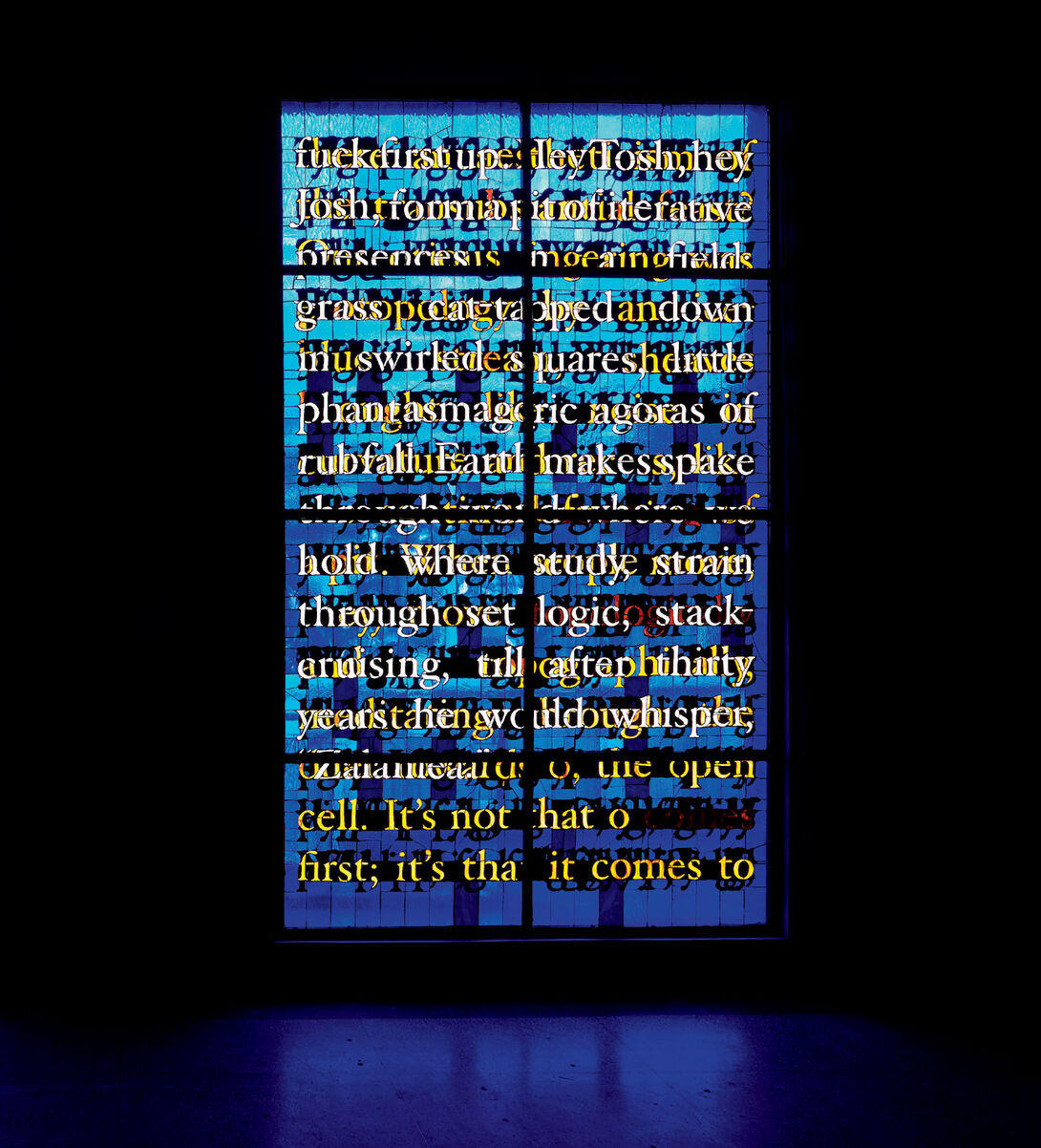
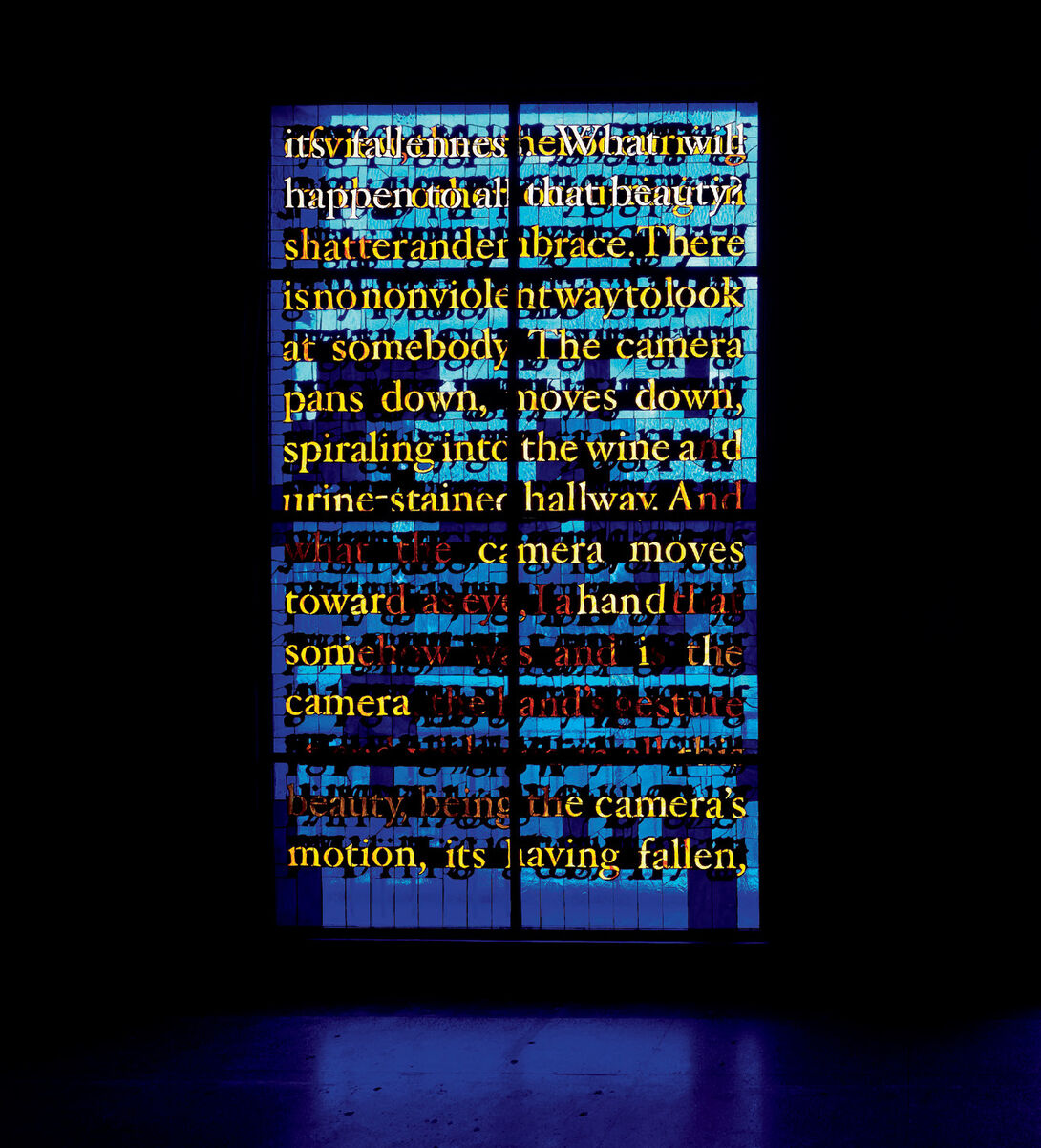
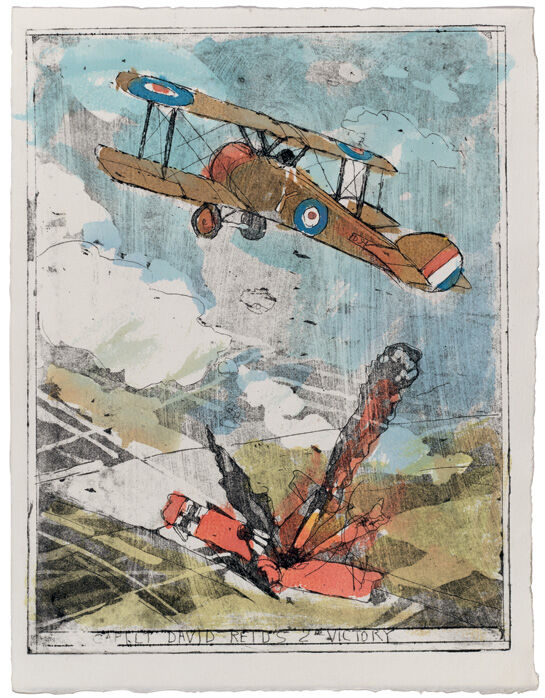
Robert Andrew Parker
Despite losing much of his vision to macular degeneration, Robert Andrew Parker continues to paint at age 91. He still brings a spirit of play to his work. Though he can no longer see well enough to read, go ice fishing, or draw from a model, he still paints in his Connecticut studio every day, summoning the subjects that have long held his fascination: real and imagined creatures, warplanes, warships, faces, and landscapes from his many travels.
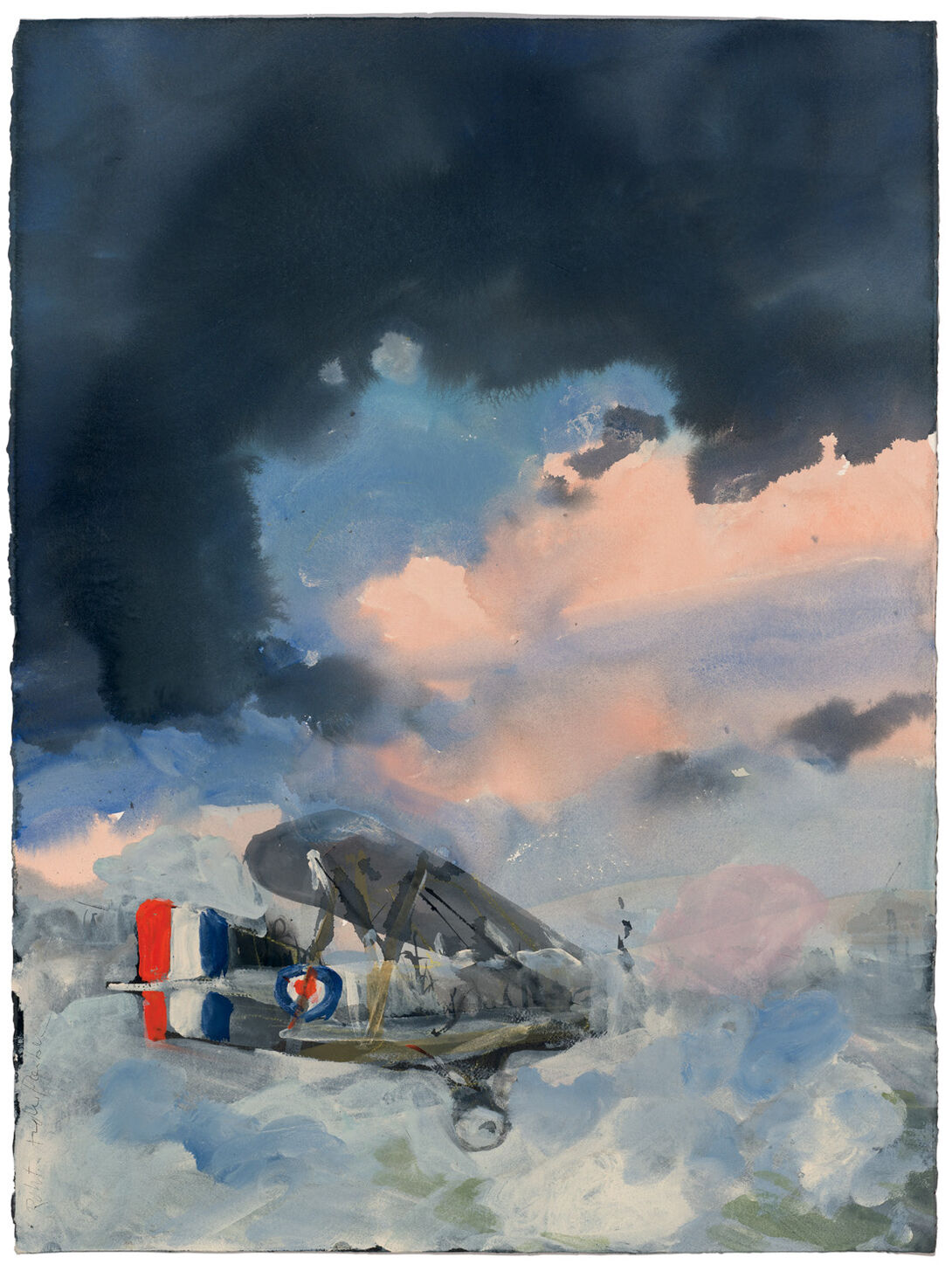
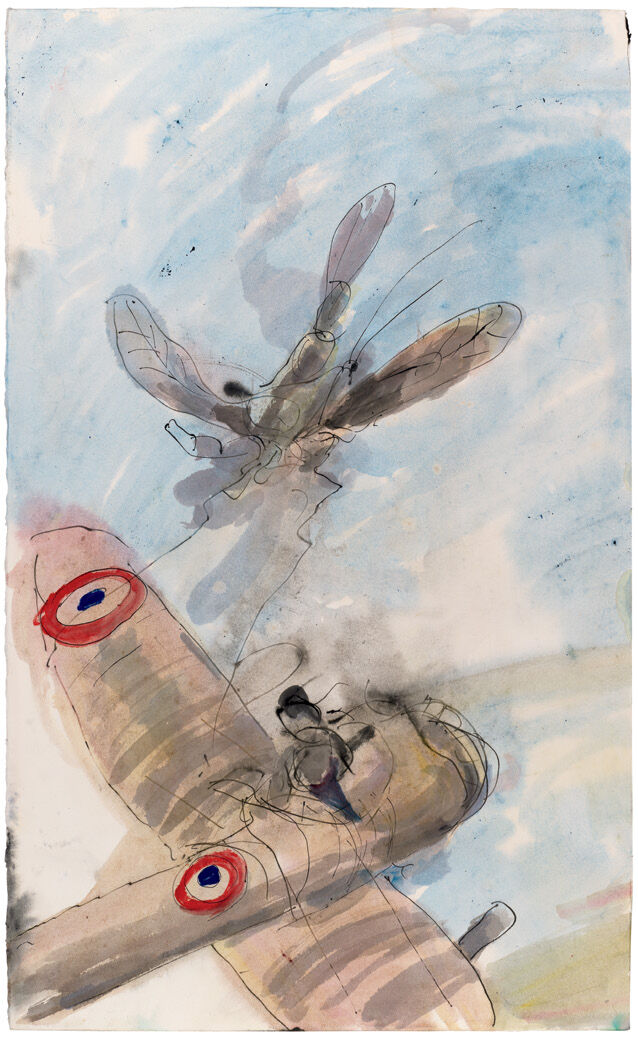
Alex Stark
Alex Stark sees the world differently than most people. After experiencing a brain tumor as a child that partially paralyzed him, he uses his double vision and unique perception of color in his work, turning his squiggly lines into natural forms like bushes, rocks, and trees.
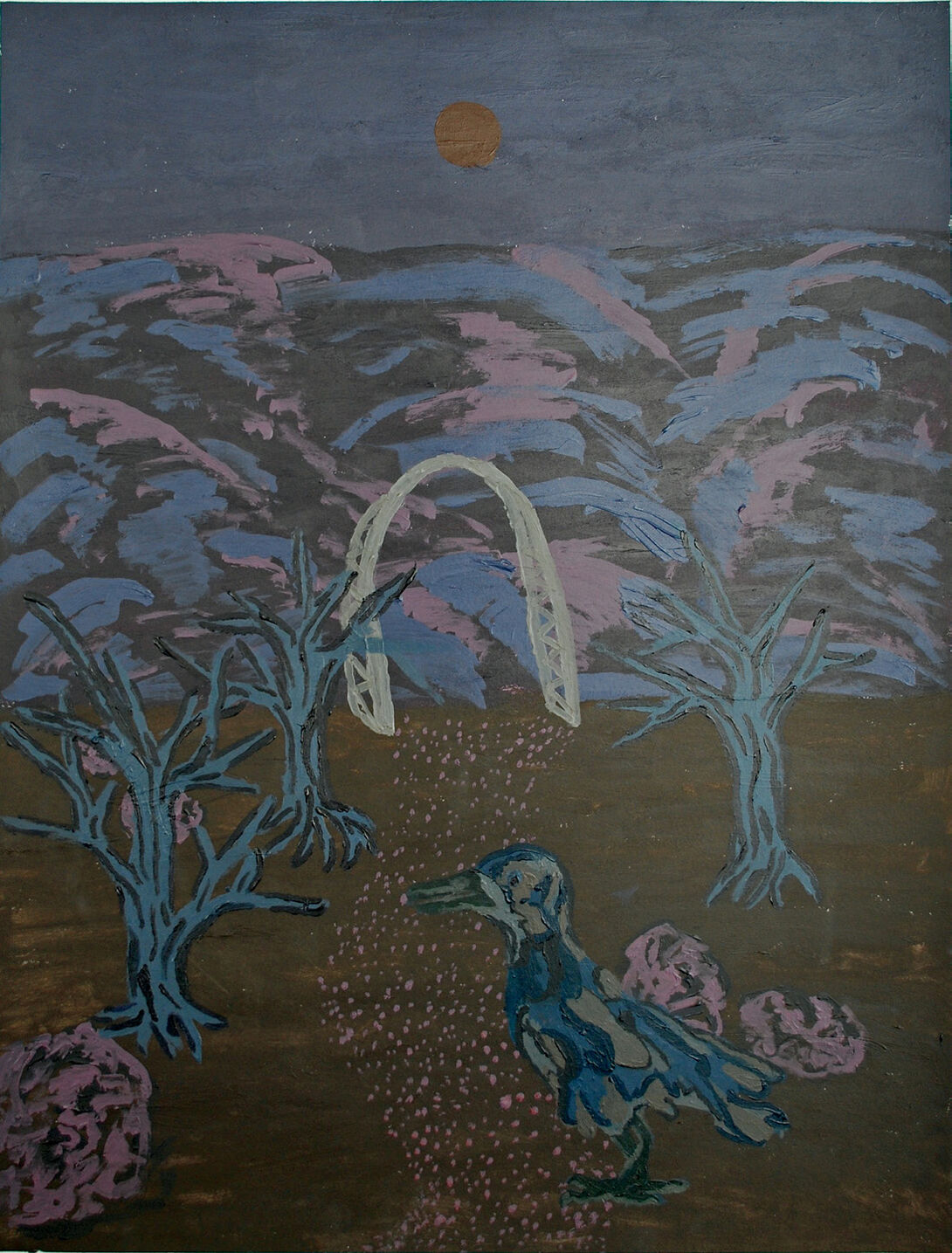
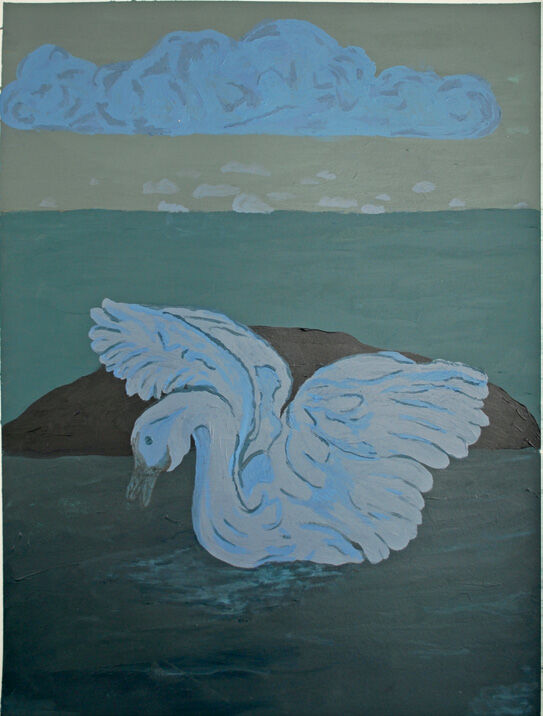
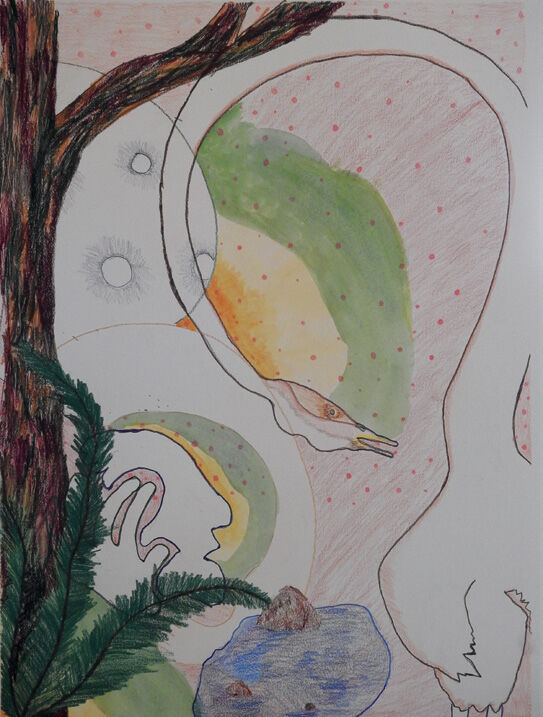
He creates spaces that depict exterior moments and incorporates them into a cerebral space. He identifies with birds’ unique perspective of flight, allowing him to consider different ways of seeing. He depicts elements symbolizing transformation, like portals and pools of water, often underneath starry skies. His narratives convey moments of sensitivity, self-reflection, and curiosity.
